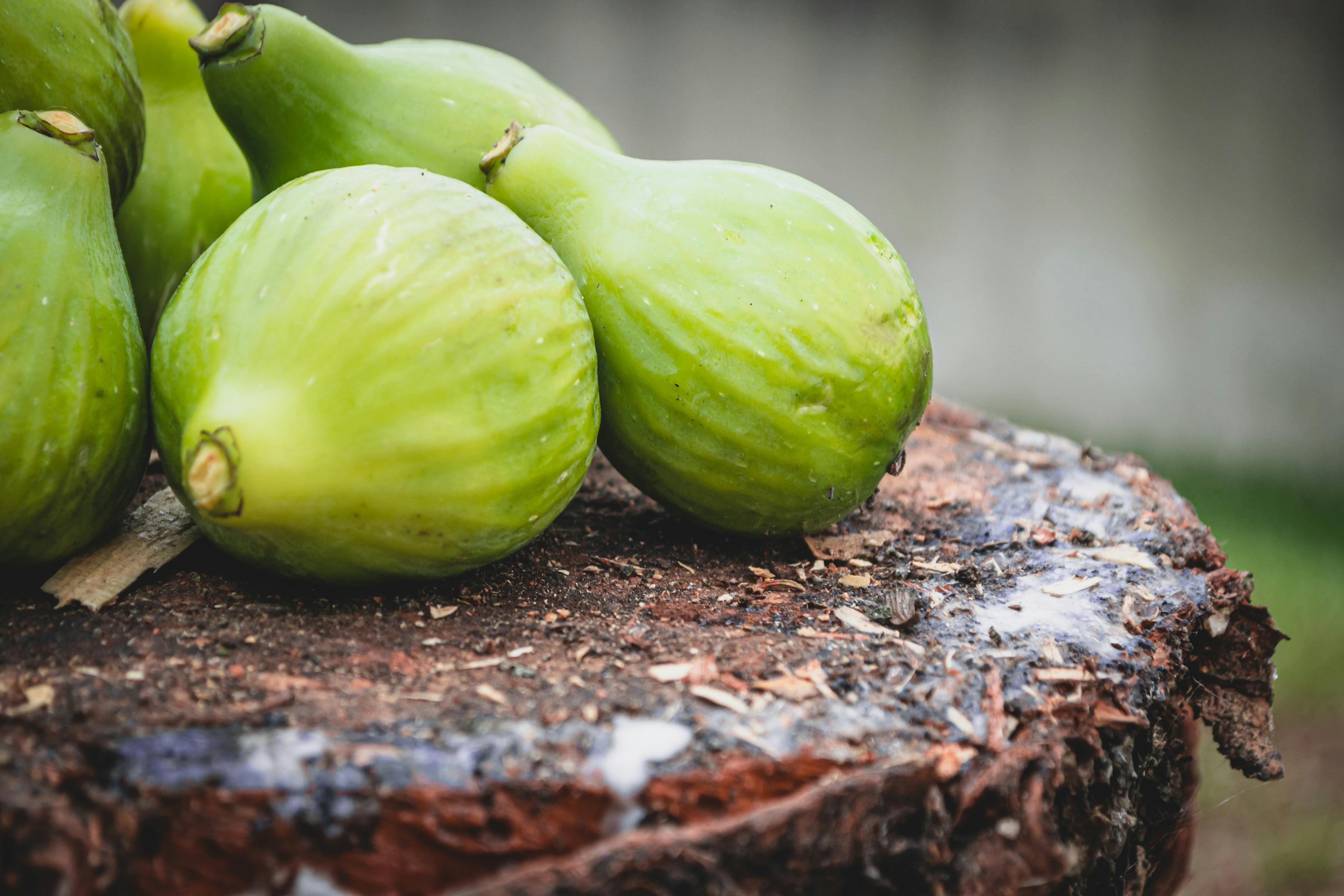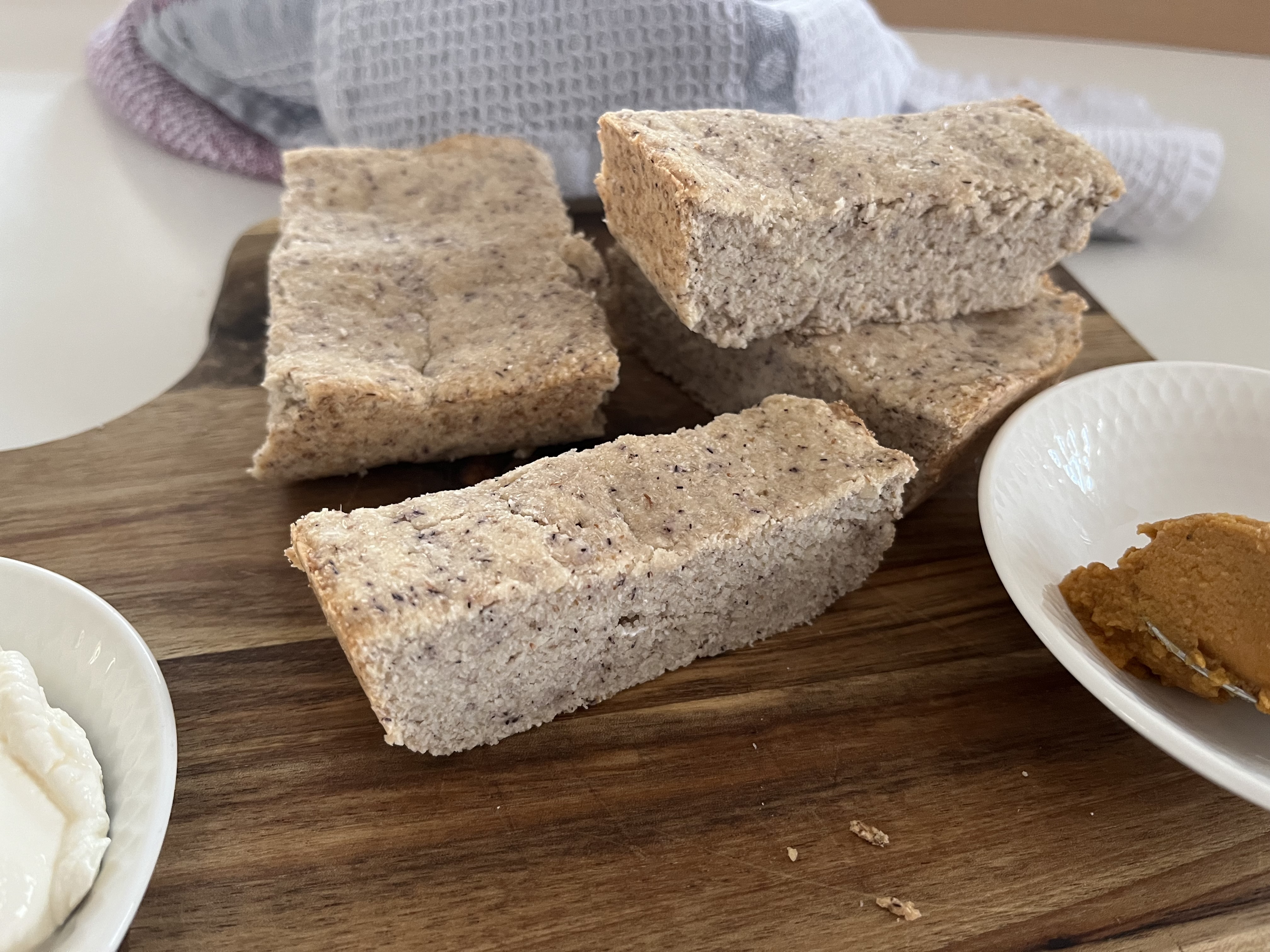 |
Nature’s Dessert Cookbook: Healthy, Delicious & Naturally Sweet Recipes Don’t want or can’t tolerate sugar alcohols and artificial sweeteners? This cookbook is for you! Every dessert is naturally sweetened with whole ingredients rich in fiber and protein, slowing sugar absorption and making them diabetic-friendly. It gathers your favorite recipes from the website—plus brand-new ones—all in one convenient place. Indulge in truly natural treats without compromise! |
 |
Diabetic Baked Goods: Everyday Bakes for Every Meal Diabetic cookbook designed to make healthy baking simple, accessible, and enjoyable. This collection of low-carb, high-fiber, and protein-rich recipes provides a reliable solution for those looking to enjoy diabetic bread and baked goods without blood sugar spikes. Every recipe includes a video tutorial, making it even easier to follow along and bake with confidence! |
 |
What Makes This Cookbook Different?
|
Ingredients in Desserts for People with Diabetes: Flours
Living with diabetes or managing the dietary needs of a loved one with the condition involves careful consideration of the foods you consume. Ingredients in desserts for people with diabetes are prime concern.
Exploring Flours for Diabetic-Friendly Desserts

As a mother to a diabetic child, I know firsthand the challenges of baking delicious desserts that are also diabetic-friendly. Choosing the right flour is key to creating treats that both taste good and maintain stable blood sugar levels. While there's an array of flours to choose from, I focus on those that not only have a lower glycemic index but also offer other nutritional benefits. Here’s a friendly and positive guide to help you navigate the world of flours for your diabetic-friendly recipes.
1. Almond Flour: A Nutritious Powerhouse
Almond flour is one of my top choices for diabetic-friendly baking. With its low carbohydrate content and high levels of protein, fiber, and heart-healthy fats, it’s a nutritional powerhouse. The glycemic index of almond flour is just 1, compared to wheat flour's 71, making it an excellent option for blood sugar control.
Additionally, almond flour is gluten-free, which can be beneficial for those with gluten sensitivities. Its neutral taste makes it a versatile ingredient in a variety of desserts. I strive to incorporate it into as many recipes as possible, ensuring our treats are both delicious and nutritious. More...
2. Spelt Flour: An Ancient Grain with Modern Benefits
Spelt flour is another favorite in our household. Although it doesn’t differ significantly from wheat flour in terms of nutritional content, it has a few advantages, especially when it comes to diabetes management. Whole grain spelt flour is my go-to, as it contains a different type of gluten that is more soluble and easier to digest than modern wheat gluten.
Research suggests that spelt may offer better glycemic control, and it also has potential benefits for weight regulation and reducing heart disease risk. Using spelt flour in our recipes has been a positive experience, offering both health benefits and a familiar, pleasant taste. More...
3. Buckwheat Flour: Unique Flavor and Health Benefits
Buckwheat flour is another excellent choice for diabetic-friendly baking. Despite its name, buckwheat is gluten-free and boasts a low glycemic index. Its unique flavor might not appeal to everyone, but when combined with other flours like spelt, it can blend seamlessly into a variety of desserts.
Buckwheat flour offers numerous health benefits, including improved blood sugar control and anti-inflammatory properties. It also has potential anticancer benefits, making it not just a good choice for diabetes management but for overall health as well. More...
4. Coconut Flour: Low-Carb and High-Protein Delight
Coconut flour is a well-loved option for those following a low-carb diet. It has a lower carbohydrate content and higher protein content compared to many other flours. The production process of coconut flour eliminates most fats, making it a healthier choice than other coconut products.
Coconut flour’s low glycemic index makes it an excellent option for diabetic-friendly desserts. Its unique taste can add an interesting twist to your recipes, and its health benefits make it a worthwhile addition to your baking arsenal. More...
5. Oat Flour: Fiber-Rich and Heart-Healthy
Oat flour is another fantastic flour for diabetic-friendly desserts. Rich in protein and fiber, oat flour contains beta-glucan, a type of fiber known to lower blood sugar levels. With its low glycemic index, oat flour can be used in a wide range of recipes, offering a familiar taste and texture while providing significant health benefits. More...
Choosing the right flour for your baking needs can make a world of difference in managing diabetes while still enjoying delightful desserts. I hope this guide helps you navigate ingredients in desserts for people with diabetes to create healthy, delicious treats for yourself and your loved ones. Happy baking!






